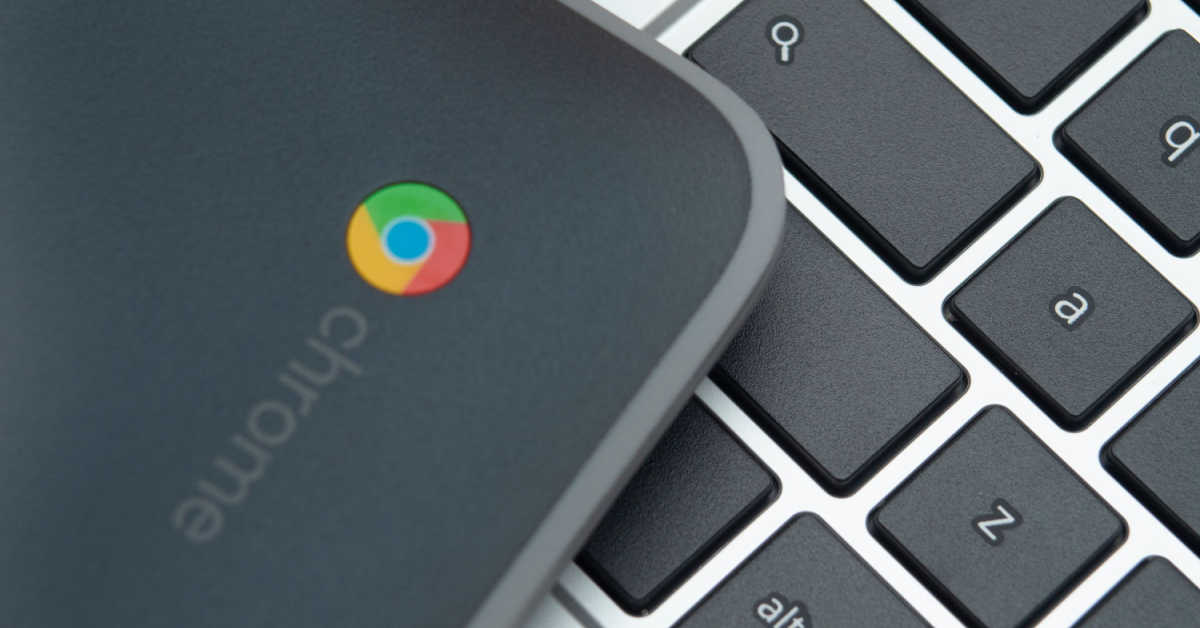Previous discussion here: https://programming.dev/post/19062798
I only know about the developers of Slay the Spire switching to Godot. Not the biggest name, but still well-known.
I assume that left joystick up/down is axis 1, correct?
What would you suggest as an alternative?
This setting appears to work for me. It shows up as blocked in the logs. I've also blocked it in NoScript for good measure.
I assume it's because many people outside the USA are accustomed to taking off their shoes when entering a house or apartment.
According to GitHub, development of DevToys predates it-tools by a year. If anything, I'd say they're both inspired by CyberChef.
The Godot engine GUI is also made in Godot.
Dart for web just transpiles to JavaScript, doesn't it?
What's the image? I just get an error message.
How big is the context window for the free version? I haven't found any information about it.
Is there anyone that you would recommend instead?
Python 3
I'm trying to practice writing clear, commented, testable functions, so I added some things that are strictly unnecessary for the challenge (docstrings, error raising, type hints, tests...), but I think it's a necessary exercise for me. If anyone has comments or criticism about my attempt at "best practices," please let me know!
Also, I thought it was odd that the correct answer to part 2 requires that you allow for overlapping letters such as "threeight", but that doesn't occur in the sample input. I imagine that many people will hit a wall wondering why their answer is rejected.
day01.py
import re
from pathlib import Path
DIGITS = [
"zero",
"one",
"two",
"three",
"four",
"five",
"six",
"seven",
"eight",
"nine",
r"\d",
]
PATTERN_PART_1 = r"\d"
PATTERN_PART_2 = f"(?=({'|'.join(DIGITS)}))"
def get_digit(s: str) -> int:
"""Return the digit in the input
Args:
s (str): one string containing a single digit represented by a single arabic numeral or spelled out in lower-case English
Returns:
int: the digit as an integer value
"""
try:
return int(s)
except ValueError:
return DIGITS.index(s)
def calibration_value(line: str, pattern: str) -> int:
"""Return the calibration value in the input
Args:
line (str): one line containing a calibration value
pattern (str): the regular expression pattern to match
Raises:
ValueError: if no digits are found in the line
Returns:
int: the calibration value
"""
digits = re.findall(pattern, line)
if digits:
return get_digit(digits[0]) * 10 + get_digit(digits[-1])
raise ValueError(f"No digits found in: '{line}'")
def calibration_sum(lines: str, pattern: str) -> int:
"""Return the sum of the calibration values in the input
Args:
lines (str): one or more lines containing calibration values
Returns:
int: the sum of the calibration values
"""
sum = 0
for line in lines.split("\n"):
sum += calibration_value(line, pattern)
return sum
if __name__ == "__main__":
path = Path(__file__).resolve().parent / "input" / "day01.txt"
lines = path.read_text().strip()
print("Sum of calibration values:")
print(f"• Part 1: {calibration_sum(lines, PATTERN_PART_1)}")
print(f"• Part 2: {calibration_sum(lines, PATTERN_PART_2)}")
test_day01.py
import pytest
from advent_2023_python.day01 import (
calibration_value,
calibration_sum,
PATTERN_PART_1,
PATTERN_PART_2,
)
LINES_PART_1 = [
("1abc2", 12),
("pqr3stu8vwx", 38),
("a1b2c3d4e5f", 15),
("treb7uchet", 77),
]
BLOCK_PART_1 = (
"\n".join([line[0] for line in LINES_PART_1]),
sum(line[1] for line in LINES_PART_1),
)
LINES_PART_2 = [
("two1nine", 29),
("eightwothree", 83),
("abcone2threexyz", 13),
("xtwone3four", 24),
("4nineeightseven2", 42),
("zoneight234", 14),
("7pqrstsixteen", 76),
]
BLOCK_PART_2 = (
"\n".join([line[0] for line in LINES_PART_2]),
sum(line[1] for line in LINES_PART_2),
)
def test_part_1():
for line in LINES_PART_1:
assert calibration_value(line[0], PATTERN_PART_1) == line[1]
assert calibration_sum(BLOCK_PART_1[0], PATTERN_PART_1) == BLOCK_PART_1[1]
def test_part_2_with_part_1_values():
for line in LINES_PART_1:
assert calibration_value(line[0], PATTERN_PART_2) == line[1]
assert calibration_sum(BLOCK_PART_1[0], PATTERN_PART_2) == BLOCK_PART_1[1]
def test_part_2_with_part_2_values():
for line in LINES_PART_2:
assert calibration_value(line[0], PATTERN_PART_2) == line[1]
assert calibration_sum(BLOCK_PART_2[0], PATTERN_PART_2) == BLOCK_PART_2[1]
def test_no_digits():
with pytest.raises(ValueError):
calibration_value("abc", PATTERN_PART_1)
with pytest.raises(ValueError):
calibration_value("abc", PATTERN_PART_2)
Probably rust, so I can push myself to do some real practice with it.
I use stars to keep a list of repositories I'm interested in. You can even put them in different categories, like browser bookmarks.
Click on the star next to the share icon.
For the moment, you can at least uncheck "Show NSFW content" at https://programming.dev/settings
It would be twice as much if people could stop arguing about who counts and who doesn't

Speaking of which, what are all the rust communities in the fediverse?